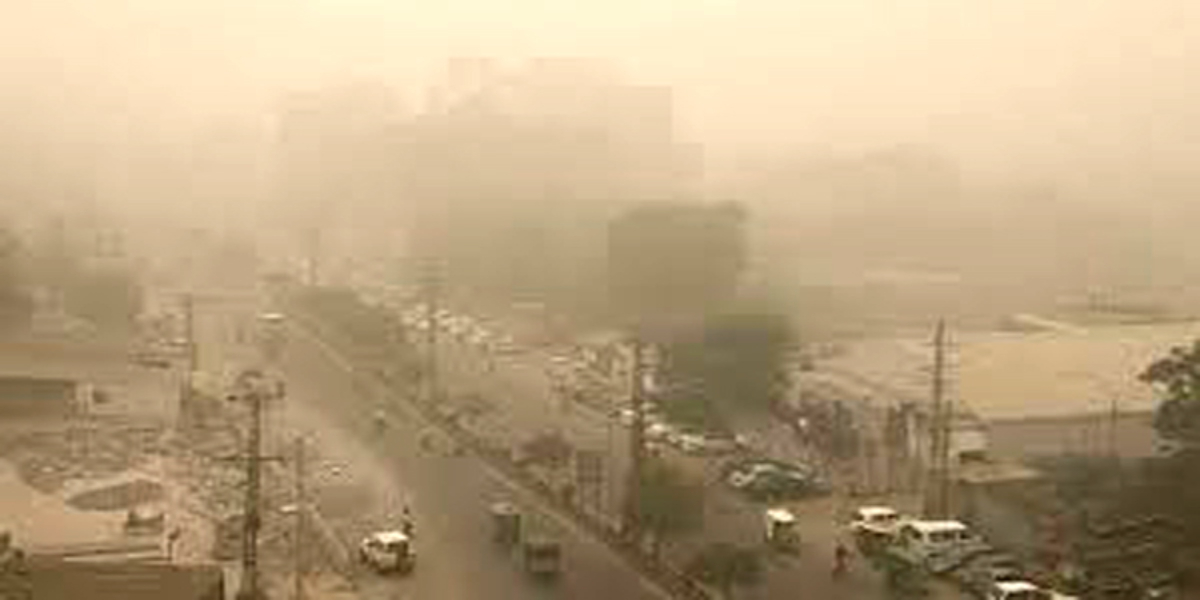ISLAMABAD: The air quality of the federal capital on Tuesday turned filthy after the high ratio of air pollutants was recorded in the atmosphere due to increased vehicular traffic after political gatherings that left the metropolis drowned in air pollution.
The air quality data has been collected by the Pakistan Environmental Protection Agency (Pak-EPA) which monitors air pollutants ratio for 24 hours based on three intervals of eight hours of data collection from different locations.
The Pak-EPA data revealed that the air quality throughout the three intervals of data monitoring remained high and above permissible limits of national environmental quality standards (NEQS).
The hazardous air pollutant particulate matter of 2.5 microns (PM2.5) which was a lethal atmospheric contaminant remained 50.81 microgrammes per cubic meter on average which is above the NEQS of 35 microgrammes per cubic meter and denotes the air quality unhealthy for sensitive groups, particularly children, elderly with cardiopulmonary (lungs or heart) diseases and other respiratory issues.
Read more: Hot, dry weather expected in most parts of country
The PM2.5 is generated through combustion of an engine, industrial emissions, burning garbage or inflammable material, and dust blew up by fasting moving cars plying on non-cemented patches of the roads.
The EPA official underlined that the PM2.5 was below NEQS till March 27 which was 27.5 microgrammes per cubic meter and remained the same since the onset of local and public holidays of four days in the twin cities of Rawalpindi and Islamabad due to OIC moot and Pakistan Day Parade.
However, a sudden jump was mainly due to a massive rise in numbers of automobiles plying on the roads after repeated political gatherings and rallies entering the city from the adjoining areas and other provinces, he added.
Read more: PM Imran claims foreign powers hatching conspiracy against his government
The nitrogen dioxide (NO2) and sulphur dioxide (SO2) were recorded below the permissible ratio as they were recorded at 15.73 and 34.72 microgrammes per cubic meter in past 24 hours in the atmosphere against the NEQS of 80 and 120 microgrammes per cubic meter respectively. These effluents were mainly produced during the operational activities of industrial plants and factories that were already under control, he said.
He urged the masses with respiratory diseases and other critical heart or lungs diseases to avoid prolonged outdoor visits and wear face coverings and goggles when the air quality is unhealthy while venturing outdoors.




















